Defence experts have repeatedly warned Royal Navy warship construction in Rosyth could be brought to a halt if Scotland votes for independence.
But this is disputed by leading SNP voices who insist Holyrood would want to maintain a strong military.
Is it possible for Scotland to keep up lavish spending projects on its own, or would workers in Fife have to adjust to a new reality?
What are Navy contracts worth?
At the moment, Babcock is constructing five Type 31 frigates in Rosyth, while another eight Royal Navy Type 26 vessels are being built on the Clyde.
But in January 2023 it emerged Chancellor Jeremy Hunt may divert funds for the ships being built in Rosyth elsewhere.
Work on the fourth vessel being constructed at the Govan shipyard by BAE Systems started in April.
It’s estimated the £1.25 billion project in Rosyth has created an extra 1,250 jobs.
The UK Government is among the world’s top five military spenders and has committed more money to the Royal Navy over the next decade.
The Navy’s annual budget is expected to rise from £7 billion to around £8.7 billion by the early 2030s, while £38.1 billion is to be spent on new equipment.
Would independence change anything?
Professor Keith Hartley, a senior defence economist, claimed Rosyth’s naval shipbuilding industry could grind to a halt after a Yes vote.
“At the moment the industry’s future depends on the Royal Navy, and without the Royal Navy you wouldn’t have an industry,” he told MPs.
He also said: “An independent Scotland will presumably have a minute navy. It’s not going to be large.”
The SNP’s Dave Doogan claims Scotland would maintain a sizeable warship fleet and insisted the UK could keep constructing ships in Rosyth.
Westminster has outsourced smaller fleet vessels to Spain but has a policy to only construct larger warships within the UK.
Building vessels in an independent Scotland would require the UK to change that approach.
Mr Doogan – who was a civilian in the Royal Navy for 18 years – said it would be “cost-effective” for the UK Government to continue building ships north of the border.
He also said Scotland could fund its own construction projects with a “substantial” defence budget.
John Howie, Babcock’s corporate affairs chief, previously warned the UK policy to only build warships domestically could have a “significant impact” on the yard.
But Mr Doogan said: “The UK government is a sovereign actor and could cancel outstanding orders not already in build if they wish. My contention is that they won’t, and for very good reasons.”
What could an independent Scotland’s Navy look like?
Before the last independence referendum, the SNP committed to an annual defence budget of £2.5 billion. Mr Doogan said this could now rise by an extra £1 billion.
The SNP ditched its opposition to defence group Nato in 2012 and Nicola Sturgeon has been keen to shore up her party’s defence credentials following Russia’s invasion of Ukraine.
But defence experts doubt Scotland could fulfil that promise.
‘Absolute nonsense’
Stuart Crawford, a defence analyst and ex-Army officer, said it was “absolute nonsense” to suggest current levels of Navy spending would be maintained.
He told The Courier: “If anyone applies common sense they can see that won’t happen.
“Currently there are orders for 13 frigates. An independent Scottish Navy is not going to sustain that.
“Scotland wouldn’t be trying to replicate the Royal Navy in miniature. What you would be trying to do is come up with something that’s appropriate to Scotland’s needs.”
Mr Crawford co-wrote a paper on the future of Scotland’s military after independence in 2020.
He stated the country would “neither want nor be able to afford a full-spectrum military capability”.
What do other countries do?
Near neighbours Ireland have a small defence budget which barely totals more than 1 billion euros. The country has remained outside Nato.
However, Mr Doogan said comparisons with Ireland were “baseless” since it was not the SNP’s strategy to downsize Navy resources.
Denmark has a similar population to Scotland, is of a similar size, and is also surrounded by coastline.
Estimates suggest the Danish Government spent 10% less than the UK on their military in 2021.
The most recent figures show Denmark spent around DKK 1.23 billion on their Navy, which currently equates to below £200 million.
The Danish Government has pledged to increase its military budget. But they sparked a backlash after revealing it could be funded by scrapping a Bank Holiday.
An independent Scotland would be expected to provide a much higher funding were it to maintain similar Navy resources and warship building targets in Rosyth.
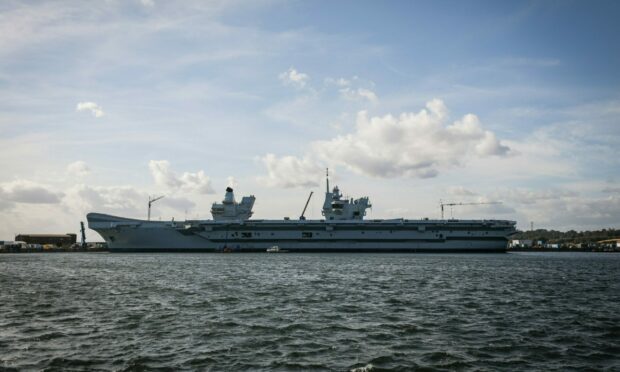

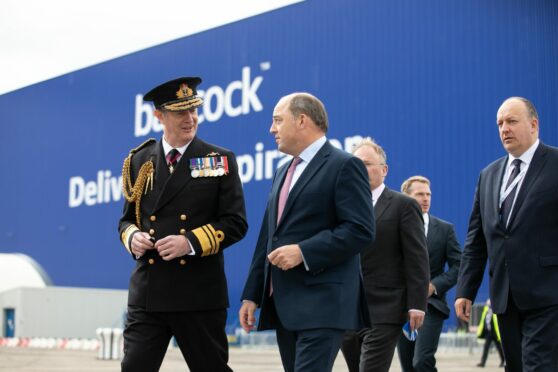
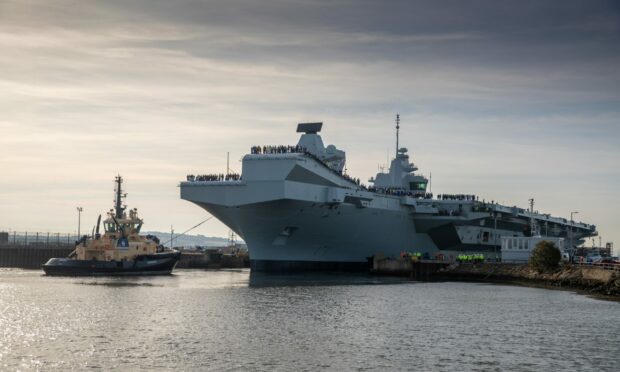


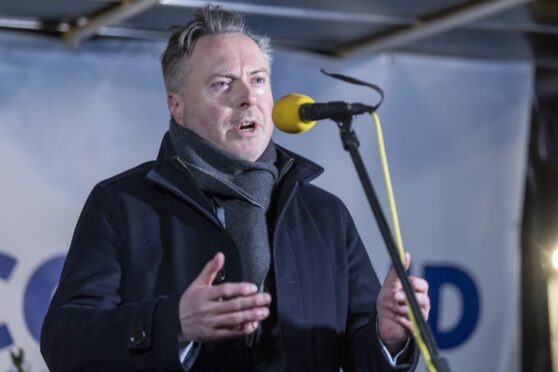

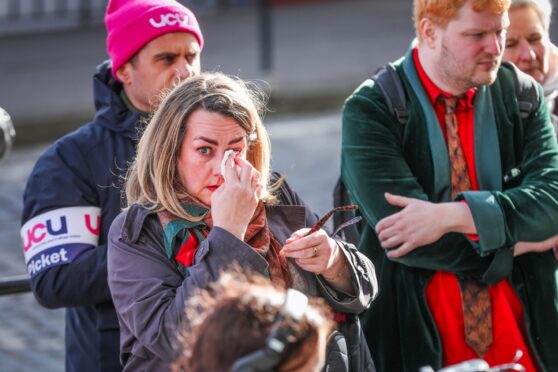
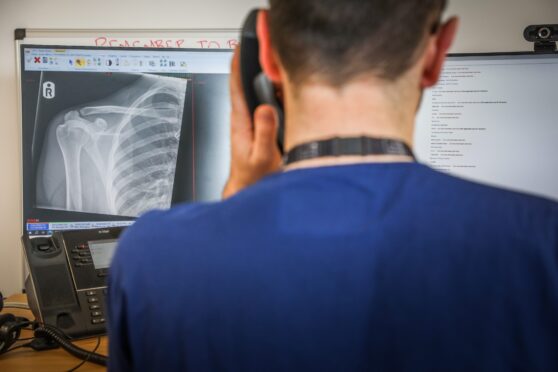

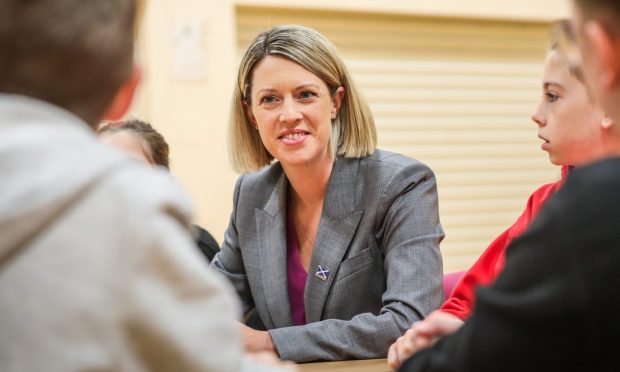
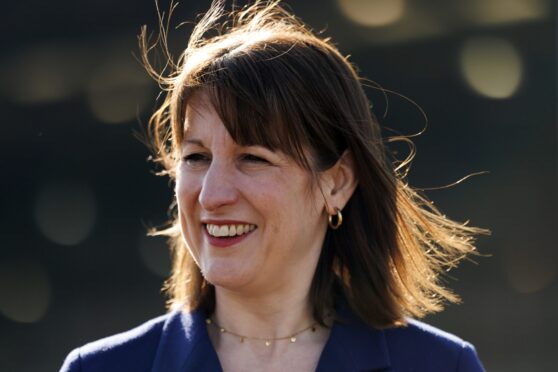
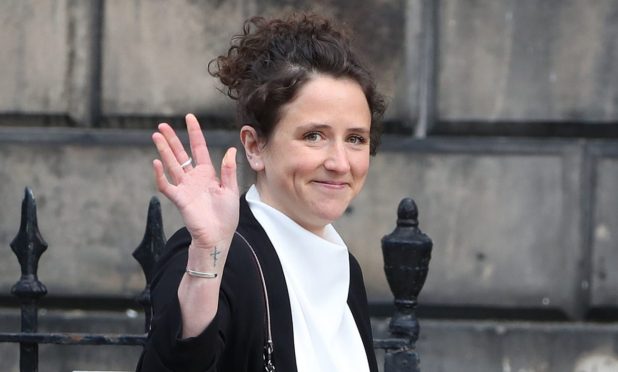
Conversation